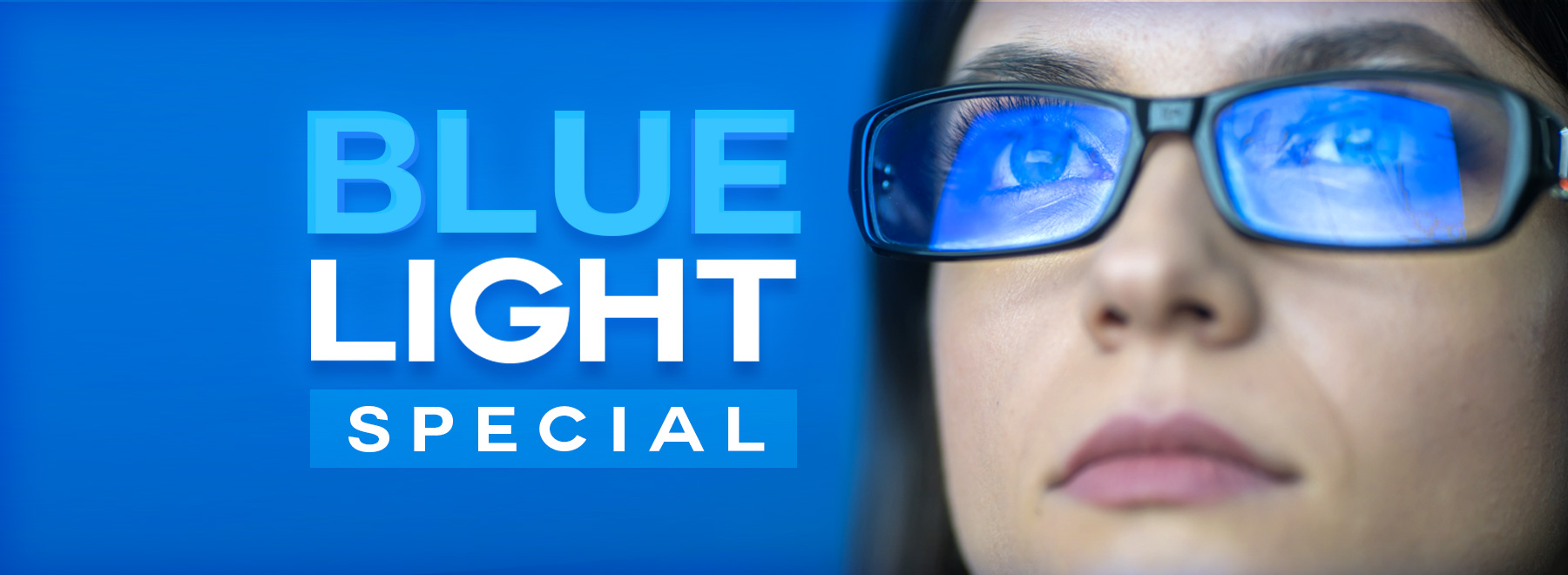Light-filtering glasses: Are they science-based or scam-laced?
Fewer headaches and better sleep. Less eye strain and dryness.
Such are the claims by the makers of blue light-filtering glasses.
For many Americans, screens are a big part of daily life. From the computer at work to the smartphone at home, people are exposed to a lot of blue light, or the blue wavelengths that emit from electronic screens.
Blue wavelengths can be beneficial during daylight hours because they boost attention, mood and reaction times, according to the Harvard Health Letter from Harvard Medical School. But is blue light responsible for the common complaints from heavy screen users?

Dr. Roya Attar, assistant professor of ophthalmology at the University of Mississippi Medical Center, points to the research.
“There’s been a lot of buzz around blue light, especially recently,” Attar said. “However, there is no definitive research that says that blue light translates to many of the things we’re hearing about.
“There’s a lot of research that’s been done that’s indicated it may be, but it’s not definitive.”
Blue light is a short wavelength, meaning it penetrates the eye quickly, Attar explained. Research has shown that extensive exposure can cause damage to the eyes in addition to disrupting a person’s circadian rhythm by affecting the pineal gland. The pineal gland is responsible for producing melatonin, a hormone that modulates sleep patterns.
But she said the most likely reason our eyes feel uncomfortable when spending too much time on a computer or screen is not the blue light itself.
“It’s actually something everyone’s guilty of doing, which is having a very reduced blink rate,” Attar said. “The No. 1 reason that people have eyes that are tired, irritated and uncomfortable is more likely because their eyes are dry.”
Attar and the American Academy of Ophthalmology advocate using the “20-20-20” rule to help with various forms of eye discomfort. For every 20 minutes looking at a computer screen, shift your eyes to look at an object at least 20 feet away for at least 20 seconds. The AAO also recommends other strategies to help during extended periods of screen time:
• Sit about 25 inches, or arm’s length, from the computer screen. Position the screen so you’re gazing slightly downward.
• Reduce screen glare by using a matte screen filter.
• When your eyes feel dry, use “artificial tears.”
• Adjust your room lighting and increase the contrast on your screen to reduce eye strain.
• If you wear contact lenses, give your eyes a break by wearing glasses.
Attar said she tells all of her patients to keep artificial tears nearby and to use them at the first sign of eye strain or fatigue. She also offered another tip.
"If you’re a procrastinator and going to be up for several hours at night, take that bottle of artificial tears and chill it in the refrigerator beforehand,” she said. “Use it that night as a jolt to your eyes and the next day to combat redness.
“The coolness of the water constricts your blood vessels and minimizes the red eye.”
Even though research about blue light is not yet definitive, Attar said she still recommends those who wear glasses to use added features that block blue light.
“If you currently wear glasses, definitely invest in high-quality treatment because they usually offer an added clarity to the lenses in addition to an extended warranty on the life of the lenses,” she said.
Should you invest in blue light glasses? Attar said it’s worth a try.
“Amazon has a great return policy, so you can always return,” she said with a laugh.
The above article appears in CONSULT, UMMC’s monthly e-newsletter sharing news about cutting-edge clinical and health science education advances and innovative biomedical research at the Medical Center and giving you tips and suggestions on how you and the people you love can live a healthier life. Click here and enter your email address to receive CONSULT free of charge. You may cancel at any time.



